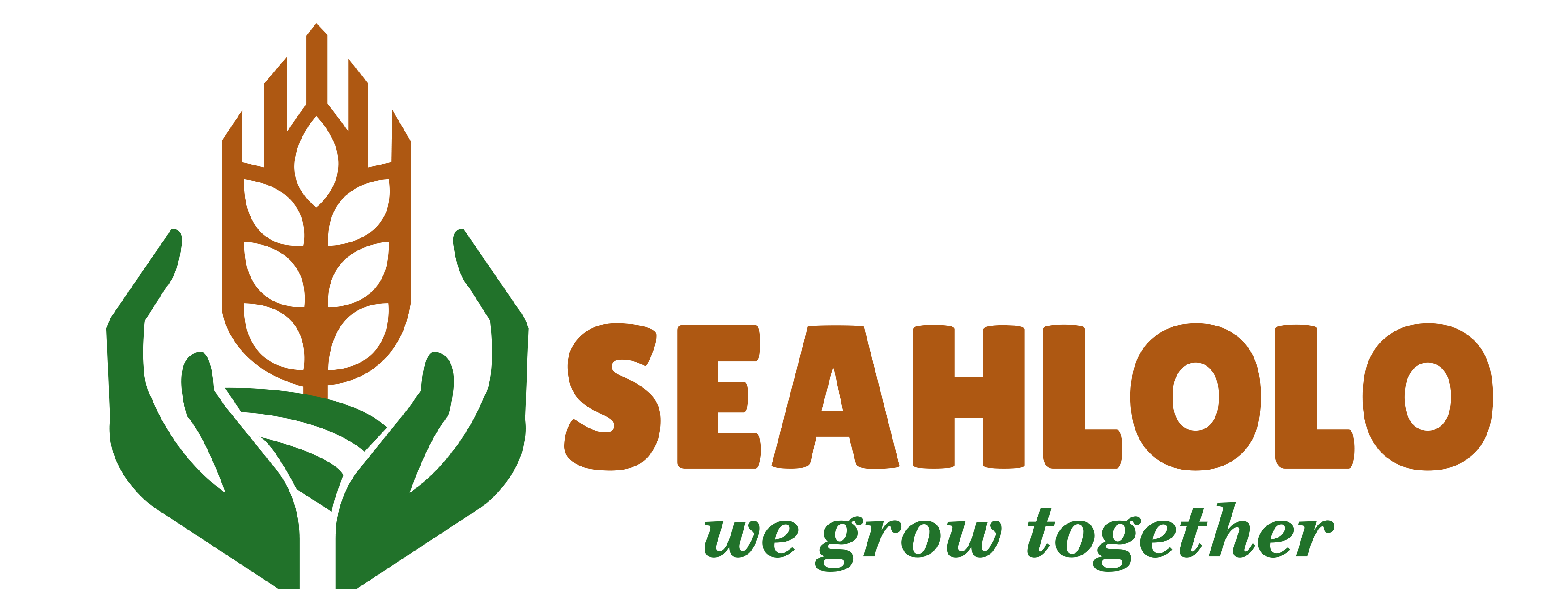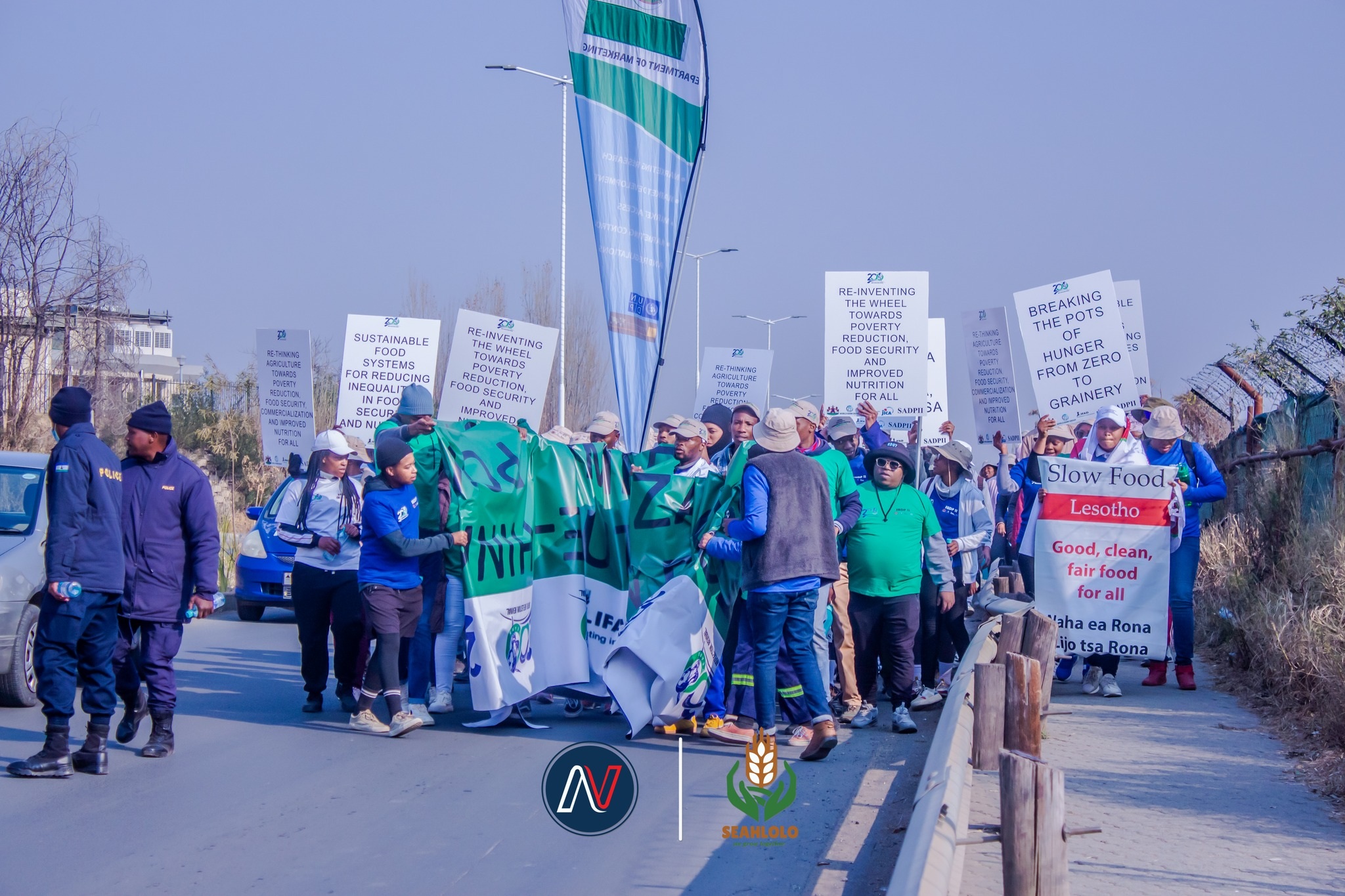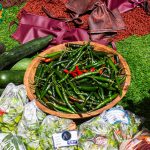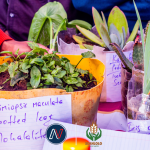By Lerato Matheka
According to the latest Hunger Hotspots: FAO-WFP Early Warnings on Acute Food Insecurity report released last week, Lesotho has been officially removed from the list of countries experiencing acute food insecurity.
Lesotho now joins Angola, Kenya, Namibia, and Uganda, which have also shown signs of improvement after previously being identified in warnings.
In a joint statement, the Food and Agriculture Organization (FAO) and the World Food Programme (WFP) said, “Angola, Kenya, Lesotho, Namibia, and Uganda are no longer among the hunger hotspots, thanks to a combination of seasonal improvements, above-average agricultural production, and effective response measures.”
While this is a significant development for Lesotho, the report cautions that global acute food insecurity is on the rise, with 13 countries and territories identified as new or worsening hotspots between June and October 2025.
“Sudan, South Sudan, Haiti, Mali, and the Gaza Strip remain at the highest alert level, facing the risk of starvation and death, and require urgent attention,” the report added.
The FAO and WFP emphasise that humanitarian efforts are being hindered in many severely affected areas, stating, “Conflict and limited humanitarian access are exacerbating already critical food insecurity conditions.”
In Southern Africa, although some countries are experiencing improvements, the situation remains unstable.
The report indicates that the region continues to suffer from the effects of El Niño-induced droughts, especially in nations reliant on rain-fed agriculture.
Despite progress in countries like Lesotho, the FAO and WFP warn against complacency, asserting, “It is critical that support is sustained to avoid setbacks. Early action and ongoing investment in resilience-building are essential to prevent future deterioration.”
The regularly updated joint report serves as a global early warning tool for anticipating food crises. It calls for coordinated efforts among governments, humanitarian agencies, and donors to prevent worsening hunger and support long-term recovery.
Lesotho’s removal from the hunger hotspot list reflects ongoing recovery efforts and improving food security conditions. However, as the region continues to face climatic shocks and economic pressures, the FAO and WFP stress the need for sustained action to maintain progress and protect vulnerable communities from returning to crisis.
In July 2024, the Lesotho Vulnerability Assessment Committee (LVAC) and Disaster Management Authority reported that approximately 699,000 Basotho, or one-third of the population, were food insecure for the 2024/25 cycle. Similarly, United Nations reports in September 2024 indicated that around 700,000 people would face hunger in the coming months.
Funding Initiatives to Address Food Insecurity in Lesotho
- In September 2024, the UN allocated US$2 million from the Central Emergency Response Fund (CERF) to support drought-affected communities.
- The European Union pledged €200,000 (approximately LSL 4,030,000) in June 2024 to assist over 2,500 vulnerable families.
- According to LVAC, the government estimated a funding requirement of M1.149 billion to meet needs for 2024/25, an increase from M394 million the previous year.
- Earlier in mid-2024, the Disaster Management Authority (DMA) appealed for approximately M2 billion to finance immediate humanitarian aid and resilience-building programs.




